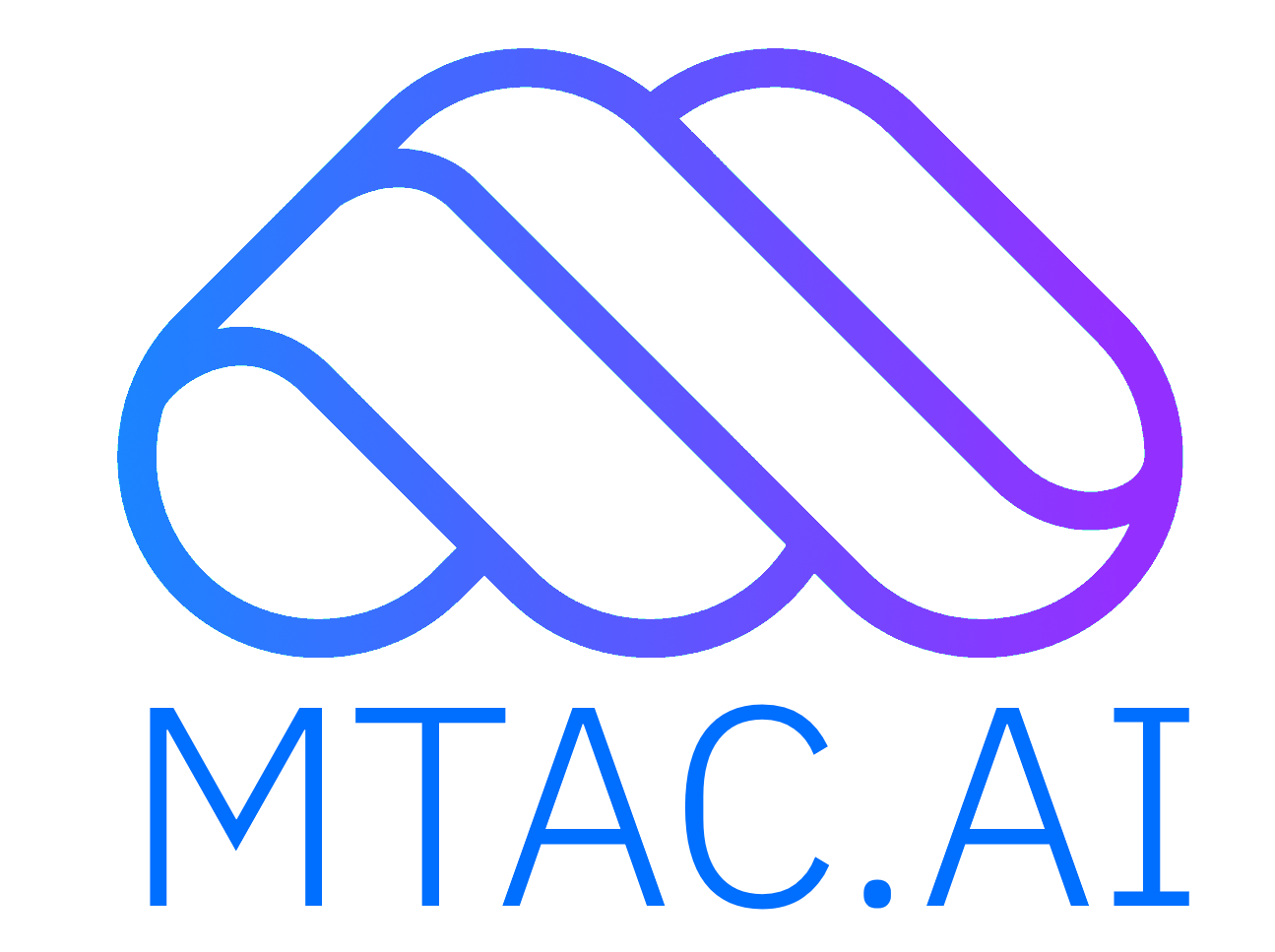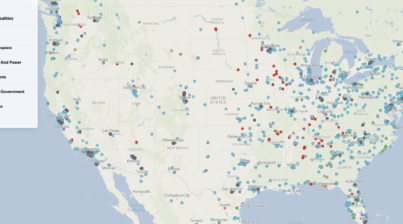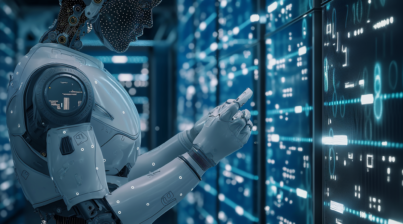In an era where digital transformation accelerates at an unprecedented pace, the security of our global infrastructure has never been more important. Recent findings from MTAC.AI’s advanced global threat tracker have shed light on a deeply concerning trend: an uptick in compromise activity targeting sectors that are the backbone of our society—Global Nuclear Research and Power Orgs, Global Power and Utilities, and Global Government agencies. This revelation underscores a stark reality; the digital battleground is no longer confined to the abstract realms of the internet but poses a direct threat to our physical safety and security.
Why This Is Important
The implications of these security breaches extend far beyond mere data loss or financial damage. In the case of nuclear research and power organizations, unauthorized access or compromise could potentially lead to catastrophic outcomes, affecting millions of lives and the environment. Similarly, attacks on global power and utilities could disrupt essential services, from electricity to water supply, plunging entire regions into chaos. Government agencies, the custodians of national security, and public welfare, when compromised, can lead to a breach of sensitive information, impacting national security and eroding public trust.

These sectors are not just operational backbones; they are pillars of public safety, economic stability, and national security. Their compromise is not an if, but a when, making it imperative for these and other organizations to adopt a proactive and robust defense mechanism.
Why Organizations Should Care
The digital age has blurred the lines between the physical and virtual worlds. An attack on critical infrastructure in the cyber realm can have tangible, real-world consequences. For organizations operating within these sectors, the responsibility to safeguard their assets extends beyond their immediate stakeholders to society at large. The potential fallout from a breach is not limited to operational disruption but can escalate into national emergencies, invoking regulatory scrutiny and public backlash. In this light, cybersecurity is not just an IT issue but a strategic imperative that demands board-level attention and action.
How MTAC.AI Can Help
In addressing these formidable challenges, MTAC.AI emerges as a pivotal ally. Our advanced global threat tracker is not just a tool but a comprehensive solution designed to empower organizations in their fight against cyber threats. Here’s how MTAC.AI stands out:
- Real-Time Threat Intelligence: Leveraging cutting-edge AI, MTAC.AI provides real-time visibility into emerging threats, enabling organizations to stay one step ahead of potential attackers.
- Sector-Specific Insights: Understanding that each sector has unique vulnerabilities, MTAC.AI offers tailored threat intelligence, focusing on the specific challenges faced by nuclear research, power and utilities, and government agencies.
- Proactive Defense Strategies: Beyond mere detection, MTAC.AI equips organizations with actionable insights, facilitating the development of proactive defense mechanisms to prevent breaches before they occur.
- Collaborative Security Framework: Recognizing the interconnected nature of global infrastructure, MTAC.AI fosters a collaborative approach to cybersecurity, encouraging data sharing and collective defense strategies among organizations.
- Compliance and Governance Support: In an evolving regulatory landscape, MTAC.AI aids organizations in navigating compliance requirements, ensuring that cybersecurity measures meet industry standards and legal mandates.
Conclusion
The security of our global infrastructure is a shared responsibility that demands a concerted effort. As the threat landscape evolves, so too must our approach to cybersecurity. MTAC.AI represents the forefront of this evolution, offering advanced solutions that not only detect threats but prevent them, safeguarding the future of our digital and physical worlds. In embracing these innovative tools, organizations can not only protect themselves but contribute to the broader goal of securing our global infrastructure against the cyber threats of today and tomorrow.





